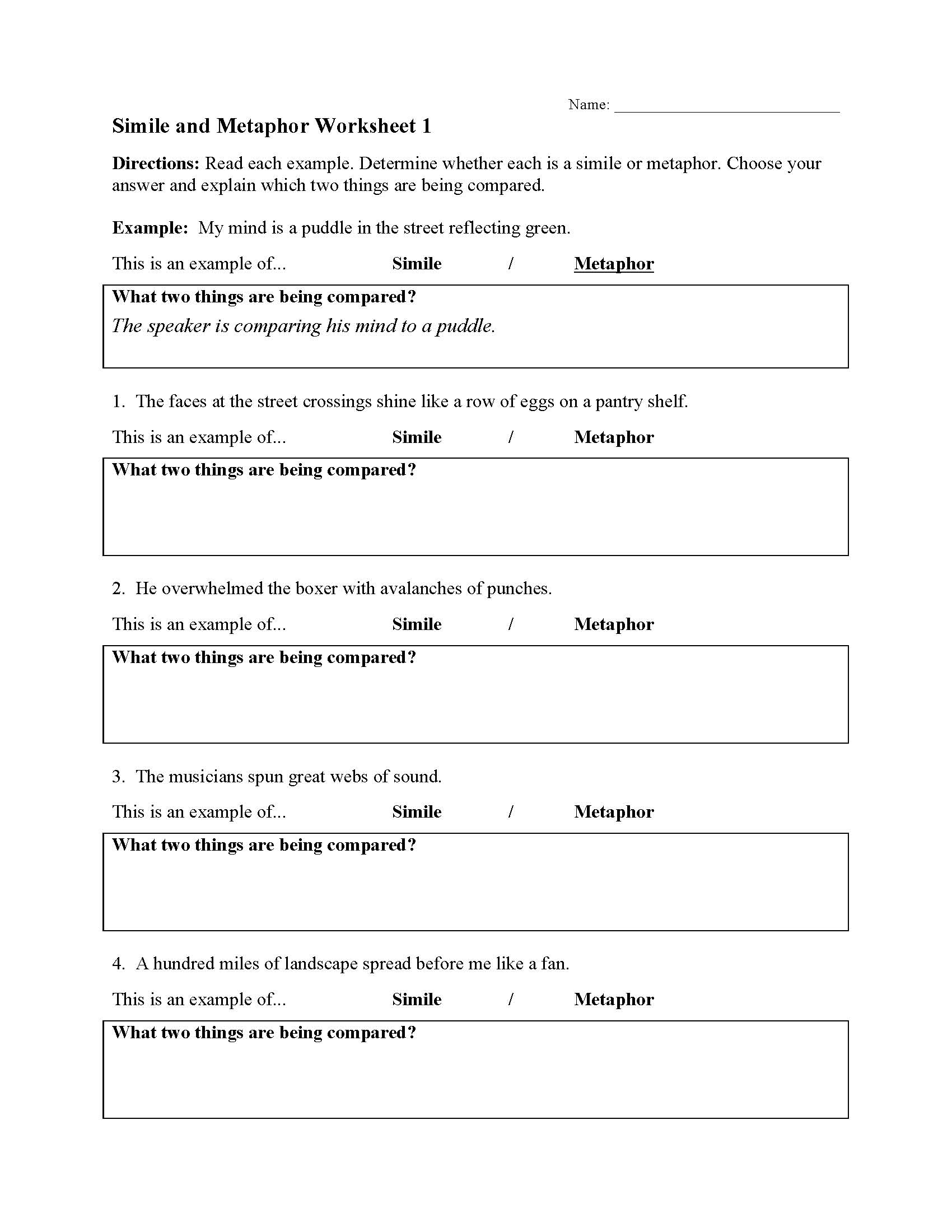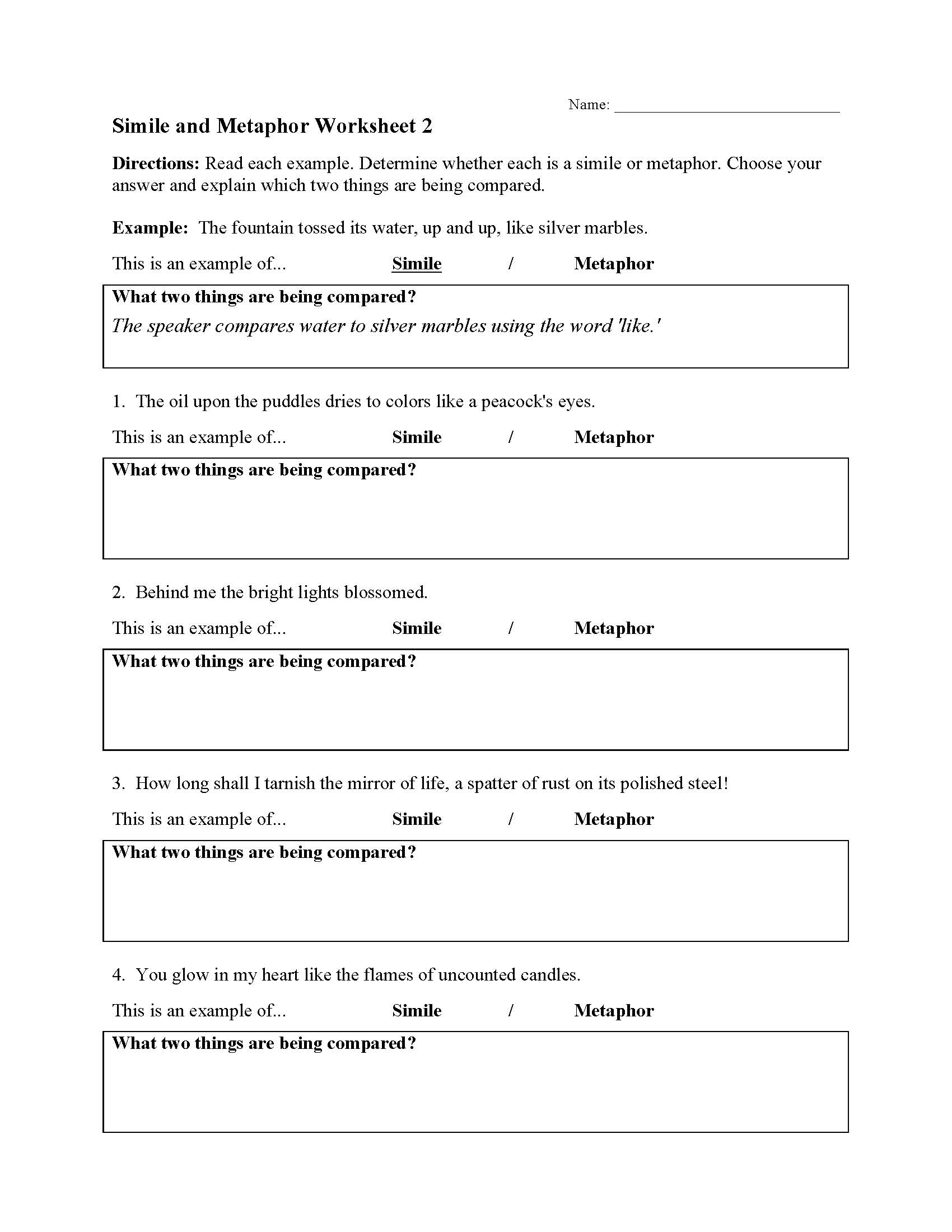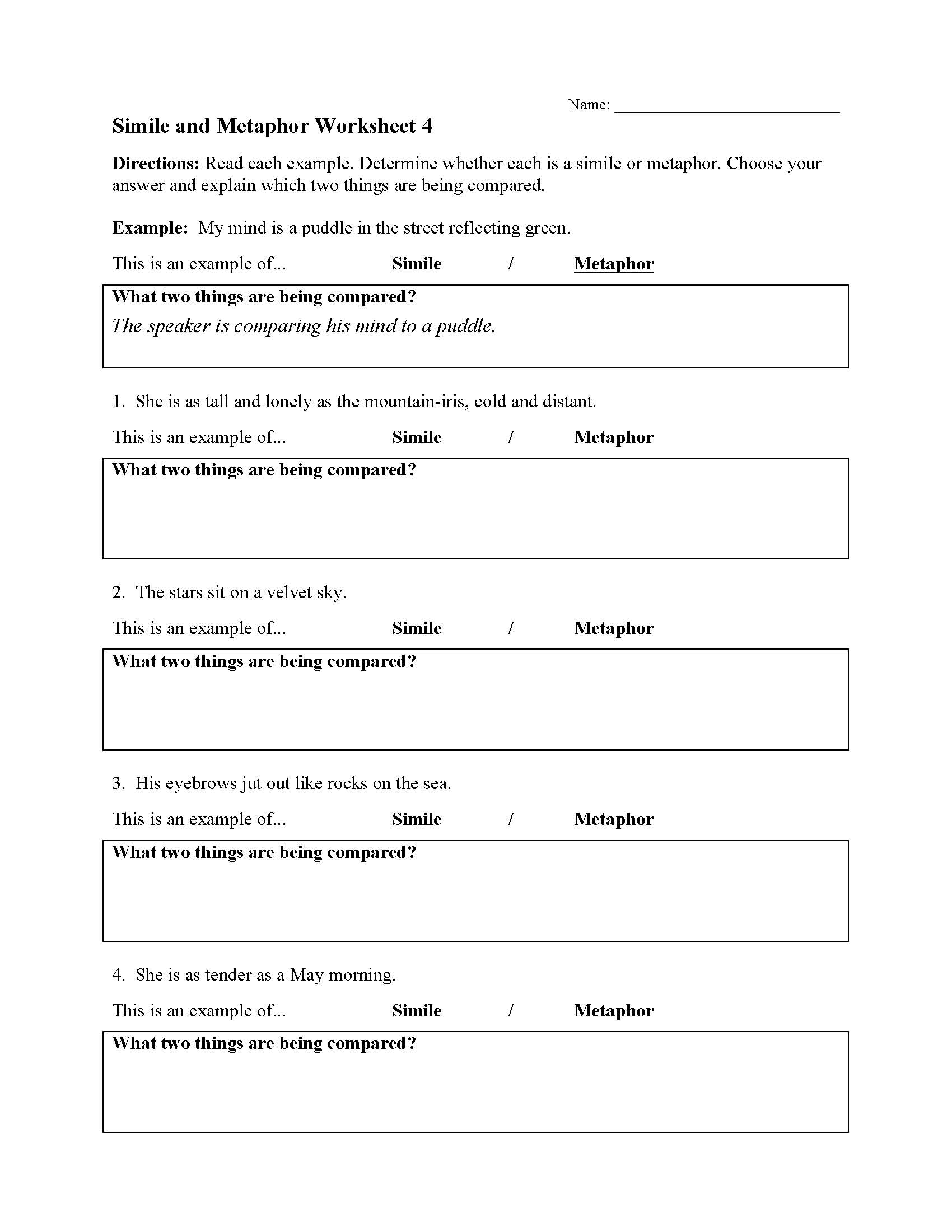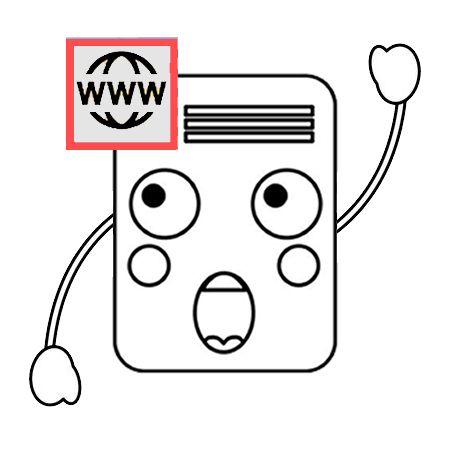Simile and Metaphor Worksheets
Similes and metaphors are related figurative language techniques. Both similes and metaphors draw comparisons between two or more things; however, there are some key differences between them. Similes always use the word like or the word as to make the comparison. Metaphors do not use the word like or as. Consequently, metaphors can be more implicit and harder to identify.
This is an example of a metaphor. The speaker is comparing her eyes to heaven, but this is not done explicitly. The comparison is implied. Here is the same example but turned into a simile.
This is an example of a simile. In this one the comparison is more explicit. It is easier to identify that the speaker is making a comparison.
The worksheets and activities on this page will give students laser focused practice (implicit metaphor BTW) to help them become simile and metaphor experts. These worksheets are available in a variety of formats: PDF files for printing exactly as I formatted these worksheets, RTF files for making changes before using them in your own classroom, and Ereading Worksheets for completing online on any Internet connected device.




I hope that these worksheets give students an adequate amount of practice with identifying similes and metaphors. I believe that they will. If your students need more practice with figurative language and poetic devices, I have many more activities on this website. Check some of the links below to find your next activity. Thanks for visiting!
Figurative Language
Common Core State Standards
RL.2.4 - Describe how words and phrases (e.g., regular beats, alliteration, rhymes, repeated lines) supply rhythm and meaning in a story, poem, or song.
RL.3.4 - Determine the meaning of words and phrases as they are used in a text, distinguishing literal from nonliteral language.
RL.4.4 - Determine the meaning of words and phrases as they are used in a text, including those that allude to significant characters found in mythology (e.g., Herculean).
RL.5.4 - Determine the meaning of words and phrases as they are used in a text, including figurative language such as metaphors and similes.
RL.6.4 - Determine the meaning of words and phrases as they are used in a text, including figurative and connotative meanings; analyze the impact of a specific word choice on meaning and tone.
RL.7.4 - Determine the meaning of words and phrases as they are used in a text, including figurative and connotative meanings; analyze the impact of rhymes and other repetitions of sounds (e.g., alliteration) on a specific verse or stanza of a poem or section of a story or drama.
RL.8.4 - Determine the meaning of words and phrases as they are used in a text, including figurative and connotative meanings; analyze the impact of specific word choices on meaning and tone, including analogies or allusions to other texts.
RL.9-10.4 - Determine the meaning of words and phrases as they are used in the text, including figurative and connotative meanings; analyze the cumulative impact of specific word choices on meaning and tone (e.g., how the language evokes a sense of time and place; how it sets a formal or informal tone).
RL.11-12.4 - Determine the meaning of words and phrases as they are used in the text, including figurative and connotative meanings; analyze the impact of specific word choices on meaning and tone, including words with multiple meanings or language that is particularly fresh, engaging, or beautiful. (Include Shakespeare as well as other authors.)
L.3.5a - Distinguish the literal and nonliteral meanings of words and phrases in context (e.g., take steps).
L.4.5 - Demonstrate understanding of figurative language, word relationships, and nuances in word meanings.
L.4.5a - Explain the meaning of simple similes and metaphors (e.g., as pretty as a picture) in context.
L.5.5a - Interpret figurative language, including similes and metaphors, in context.
L.6.5 - Demonstrate understanding of figurative language, word relationships, and nuances in word meanings.
L.6.5a - Interpret figures of speech (e.g., personification) in context.
L.7.5 - Demonstrate understanding of figurative language, word relationships, and nuances in word meanings.
L.7.5a - Interpret figures of speech (e.g., literary, biblical, and mythological allusions) in context.
L.8.5 - Demonstrate understanding of figurative language, word relationships, and nuances in word meanings.
L.8.5a - Interpret figures of speech (e.g. verbal irony, puns) in context.
L.9-10.5 - Demonstrate understanding of figurative language, word relationships, and nuances in word meanings.
L.11-12.5 - Demonstrate understanding of figurative language, word relationships, and nuances in word meanings.
L.11-12.5a - Interpret figures of speech (e.g., hyperbole, paradox) in context and analyze their role in the text.
Search here.
13 Comments
Leave a Reply
- Author's Purpose Worksheets
- Characterization Worksheets
- Conflict Worksheets
- Fact and Opinion Worksheets
- Figurative Language Activities
- Figurative Language Poems with Questions
- Genre Activities
- Irony Worksheets
- Making Predictions
- Mood Worksheets
- Nonfiction Passages and Functional Texts
- Parts of Speech Worksheets
- Poetic Devices
- Point of View Worksheets
- School Project Ideas
- Setting Worksheets
- Simile and Metaphor Worksheets
- Story Structure Worksheets
- Text Structure Worksheets
- Theme Worksheets
- Tone Worksheets
- ALL PAGES AND WORKSHEETS






Berna
/ October 21, 2023Awesome
Aminatou
/ September 21, 2023I love it ❤️ ♥️
Beth DeLano
/ September 18, 2023How do I get the students’ grades if they do it online? I LOVE this!!
Mr. Morton
/ October 26, 2023They have to send the results to you or print and save them and show you later.
aminah
/ February 8, 2023The worksheets were amazing. My school told me this site for doing the revision of SIMILIES AND METAPHORS.
Aisha
/ April 17, 2022i can understand the whole thing and its cool!!
Carol (Cross) Howell
/ September 2, 2021How can I download worksheets without downloading your download tools. I need to simply download without a third party app.
Espcially when it comes to answer pages
Which come out very small.
Thank you,
Mr. Morton
/ September 2, 2021Hello.
You shouldn’t need to download any tools to download the worksheets.
What is happening when you try to download a worksheet?
You can print the answer keys just by pressing the print button or CTRL + P.
They should print out as a full-sheet with no ads if everything is working correctly.
Alterately, I suppose you could download or save the image files of the answer keys.
Mr. Morton
/ September 2, 2021Oh, also, clicking on the answer key will take you directly to the file where it should grow very large.
Salvador salido
/ November 26, 2020The faces at the street crossing shine like a row of egg onpantry
shelf
emma fugate
/ March 13, 2019i love similes and metaphors!!!!!!!!!!!!
fatima
/ December 29, 2016the last pdf link is broken!:(
Alia bhatt
/ December 7, 2016it was an amazing time completing the worksheets and it was fun doing the online MCQ thanks navigation